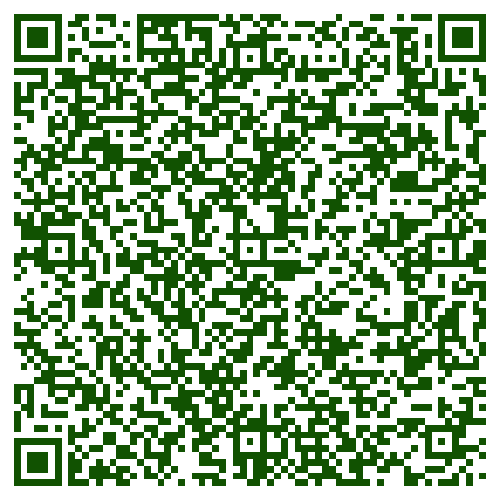Until about five years ago, my camera of choice has been a SLR type, film or digital. I've used extensively many styles of machine, from view cameras, press cameras, and twin lens reflex, to the ill-fated APS film cameras. Mostly Nikons. Then, tiring of the bulk and weight, my main machine became the Canon G9, which has seen heavy use, both for studio shots, and work documenting fine art. With the live view LCD, replete with all of the camera settings, it was and is a great tool, akin to a view camera, without the upsidedownesss. Along with the G9, I've always had a series of pocket cameras, Canon usually, not to mention phone cameras.
Although superb at still subjects the G9 is not very good at action, however. Due to that shortcoming, I've been casually looking at DSLRs, though the bulk and weight have bothered me. Mirrorless cameras have intrigued me; small, compact and if they have a viewfinder, it's an EVF. There are several advantages to the EVFs; 100% view, settings info, and the image changes as you apply items like exposure compensation.
After some research, ( a lot of articles and reviews on the interwebs ), I decided on the compact Sony a6000, with the 16-50 kit lens. The above photo shows the camera alongside the G9, and with the 55-210mm telephoto. 3 ounces heavier than the G9, battery and card included, and about a pound and a quarter lighter than a comparable DSLR, like the Nikon D5300 with kit lens, and very compact. As to the superior machine, thats what internet forums are for debating. Personally, I think the EVF is the future, so I chose mirrorless, for the EVF, for the compact light weight.
Image quality in the last few years is superb, regardless of machine. Witness the vast numbers who don't use cameras at all, but rely on the phone for their tool.
The Sony manual is comically concise, in fact almost useless. The machines menus are good, reasonably intuitive, but I also have a lot of camera experience. I recommend buying: The Complete Guide to Sony’s Alpha 6000 Digital BY GARY L. FRIEDMAN AND ROSS WARNER
Here is the website: http://www.friedmanarchives.com/
Ergonomics are good, easy to get a solid hold, with buttons and dials under the thumb or forefinger. Menus are extensive, but pretty accesible as you get used to them. There are 3 memory slots for different setups. I have mine set for JPEG, 1 for RAW +JPEG, and 1 for manual exposure with an off camera flash, done in the Strobist manner, i.e., by feel. Speaking of flash, there is a very nice little feature on the Sony; the pop-up can be held back with a finger for ceiling bounce flash, which I can use to trigger the off camera flash.
Either the EVF or the LCD can be switched off, important as the auto switch sensor is quite sensitive.
Now, the great "religious" war, RAW vs JPEG. Recent lens design has included software as part of the design, correcting vignetting, and barrel and pincushion distortion through software. In camera, this is usually only applied to JPEGs though. Out of the camera, editing software offers lens profiles, but correcting after the fact can still be time consuming. Increasingly, I would rather not spend a lot of time mucking about trying to achieve some mythical perfection, so I'm leaning to JPEG more and more. Some images I want a "negative" in case I do want to work on an image beyond a JPEG, thus RAW+JPEG, but the in camera processing is so good ...
I will add more later; I'm still learning the capabilities and customizations, extensive. But I think the Sony will be a terrific machine; another long term keeper, and apropos the need for speed, it is extremely fast, Sony claiming "fastest" for the class.







